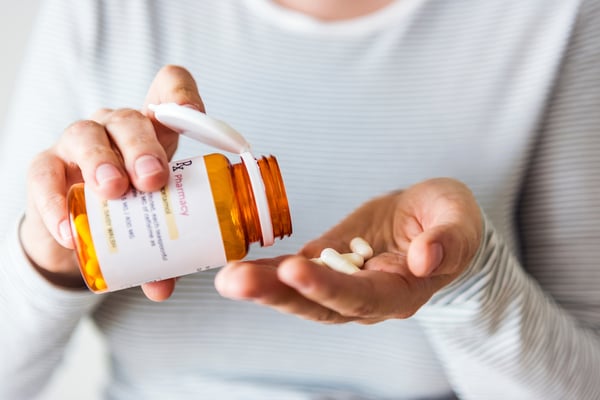The Healthcare Gig Economy: How We Can Prevent Pharmacy Whiplash
 I believe that the best predictor of the future is examining the past. Let us rewind a bit to 2019.
I believe that the best predictor of the future is examining the past. Let us rewind a bit to 2019.
Disgruntled pharmacists took to the internet in droves, posting lengthy YouTube videos and filling countless forums with their concerns… dare I say outrage over massive layoffs, drastic pay cuts, and overall underrepresentation and appreciation for the role pharmacists on the frontlines played. Pharmacists cited this lack of recognition as something that their employers, payors, and sometimes even the general public perpetuated through their actions (or lack thereof).
Fast forward to where we are now. Three vaccines have received Emergency Use Authorization by the Food & Drug Administration, and pharmacists in every setting are being hailed as the newest heroes of this COVID pandemic by those same employers, patients, and the Federal government.
Enter the whiplash effect.
While the recent attention and blossoming opportunities for pharmacist is positive, does it cause anyone to wonder where will the profession be once all shots are in arms and the acute need for administering vaccines begins to wind down? Where will those same pharmacists be 4-6 months from now?
We must prevent a whiplash effect from repeating behaviors of the past. We know that nothing changes if nothing changes – which is precisely why Aspen RxHealth is committed to this new gig economy model. Pharmacists have envisioned and leaned into a technology-enabled solution that will allow the continued, consistent, and scalable opportunity for pharmacists to deliver clinical patient care services, from wherever they have a secure internet connection. It is easy to forget, but not so long-ago retail pharmacy was a challenging place to work for many deeply passionate professionals. So other than an acute need to administer vaccines, what has really changed?
Some pharmacists left their full-time positions in 2019 and 2020 to join us and are bringing home more than $2,600 per week delivering comprehensive and targeted medication reviews. Some choose to work part-time and parachute in on the weeks in which they have more time available – and that is fine too. Ultimately, we’ve created a model that empowers pharmacists with the autonomy and ability to build the business that they want for themselves by providing clinical pharmacist services directly to the patient. What I like to call allowing pharmacists to practice ‘at the top of their license.’

If we look at the pharmacy trends that are here to stay, the automation of dispensing is top of mind. What this new model will continue to prove is that the role of pharmacists is in clinical consultations to patients and prescribers. This is precisely the opportunity we are building each day at Aspen RxHealth. Our client portfolio is strong and continuously growing – with an estimated 200,000 patient consultations expected by the end of 2021. We are building a robust portfolio of solutions outside of MTM to not only support health plans and providers, but to offer pharmacists a plethora of clinical opportunities to build their careers on their own terms.
Undoubtedly, we’re at a time when our nation needs us and we are answering the call. There is an inarguable, acute need to administer as many vaccinations as possible now and likely over the next 4-6 months. Looking out beyond the here and now, I believe the core needs and beliefs of pharmacy practice are to ensure our pharmacists are represented, respected, and gainfully [self] employed.